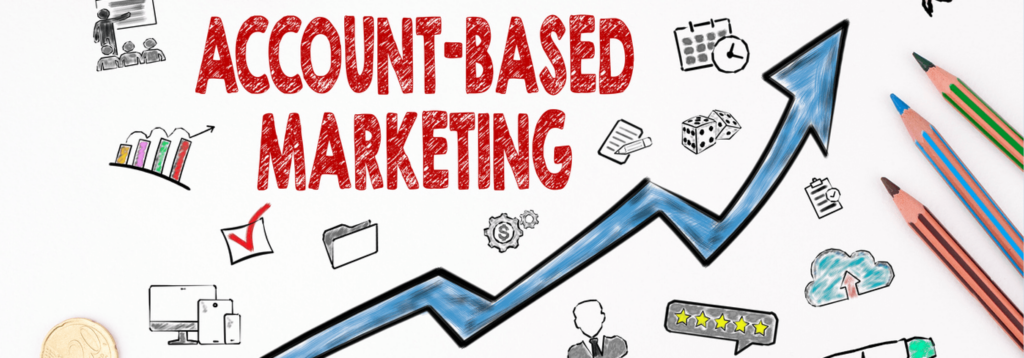Account-Based Marketing vs. Inbound Marketing: Which Should You Use?

The marketing world continues to evolve toward a value-driven approach that includes account-based marketing as a fundamental component. More personalized and targeted ads that speak directly to unique customers slowly replace the traditional way of marketing which focused heavily on inbound mass-awareness tactics, like TV ads. Does this mean inbound marketing is going to disappear […]
7 Account-Based Marketing Email Examples

Combining account-based marketing and email marketing is a powerful duo. Each is a perfect way to center customers and focus on providing value upfront. Since the marketing world is constantly shifting toward more human-centered approaches, any ABM marketer should focus on mastering the art of ABM emails. We’ll discuss what you need to know about […]
4 Tips to Develop a Successful ABM Buyer Journey

A customer who first encounters your company is just getting started on their ABM buyer journey. This journey will either lead them to the checkout screen or the big red X at the top corner of their screen. The difference can mean everything to your business’s bottom line. The first thing to realize is that […]
How to Build Your Perfect ABM Tech Stack

Building a great ABM tech stack shouldn’t be complicated. Since the entire goal of automated account-based marketing is to reduce the time and effort it takes to personalize your marketing campaigns, all technology you employ should make your life easier. To ensure that the marketing technology you invest in is truly going to simplify your […]
15 Account-Based Marketing Metrics You Should Track

It’s becoming more and more difficult for mass-awareness tactics to compete with the automated account-based marketing that’s happening on huge scales in 2023. As a modern marketer, you know that personalized, account-based B2B marketing is the wave of the future. If you’ve already taken the steps toward designing your own ABM campaigns and are using […]
What is ABM Software?

Account-based marketing is the practice of tailoring your marketing efforts toward individual accounts instead of using traditional mass awareness tactics. Instead of trying to convince the entire marketplace to buy your product, you instead try to convince only specific buyers. These buyers can be large companies or, sometimes, even just individuals within that company who […]
3 Types of Account-Based Marketing

Account-based marketing, also known as ABM, is a hot topic in the marketing world. This is because your best customers deserve your full attention. At the very least, they need to feel like they can rely on you to understand their business perspective and how best to help them achieve their goals. The best way […]
14 Account-Based Marketing Best Practices to Follow

Account-based marketing is part of a more fundamental shift toward consumer-focused marketing strategies. Gone are the days when marketing could be mass-produced like a shotgun blast. Instead, today’s customers expect the precision of a sniper. They want personalized marketing, educational content, and genuine human relationships with their partners. Account-based marketing is the strongest strategy to […]
8 Steps to Get Your ABM Program Started

Businesses with long sales cycles have learned that account-based marketing is the most powerful strategy for long-term growth and customer satisfaction. ABM programs have several strengths that make them invaluable tools for any B2B marketing team. For one, they’re more flexible than they may seem. In fact, a proper ABM program should be capable of […]
How to Deploy and Personalize ABM at Scale

If you’re just starting out on your ABM journey, you may be wondering how to scale an operation that is specifically designed to produce unique outcomes for each customer. It may seem counterintuitive, but these unique results can be reproduced with some simple heuristics that can be repeated endlessly. By mastering these heuristics through time […]
